How to avoid Groupthink
In a world that thrives on collaboration and teamwork, it's natural for groups to seek acceptance and harmony. However, this desire for unity can sometimes cause a phenomenon known as “groupthink” to occur. Groupthink is a psychological phenomenon that occurs when a group of individuals reach a decision without critical reasoning or evaluation of the consequences or alternatives. Groupthink is based on a common desire not to upset the balance of a group of people. In this blog, we will explore the concept of groupthink, its characteristics, consequences, and most importantly, how to prevent it.
The term was devised in the 1970s by the American psychologist Irving Janis. He analysed group decision making in the Bay of Pigs fiasco. He defined group think as a form of collective delusion, where bizarre policies are rationalised collectively and contradictory evidence is discredited. Members of the group suffer an illusion of both invulnerability and morality, and construct negative stereotypes of outsiders.
Understanding Groupthink:
Groupthink occurs within a group of people when desire for harmony or conformity in the group results in an irrational or dysfunctional decision making outcome. Cohesiveness, or the desire for cohesiveness, in a group may cause a tendency among its members to agree at all costs. It happens when group members prioritise maintaining harmony and avoiding conflict above objectively evaluating alternatives. This leads to a suppression of dissenting opinions, a lack of open discussion, and a rush towards a decision that may not be well thought out.
Characteristics of Groupthink:
Illusion of Invulnerability: Group members feel a false sense of confidence and invincibility, leading to risky decisions.
Collective Rationalisation: Members downplay potential doubts and challenges to the chosen course of action.
Belief in Inherent Morality: The group believes its decisions are morally superior, justifying actions that might be questionable.
Stereotyping Outsiders: Those who disagree are seen as outsiders or enemies, discouraging diverse perspectives.
Self-Censorship: Members withhold dissenting opinions to avoid confrontation or exclusion.
Illusion of Unanimity: Silence is taken as agreement, perpetuating the illusion that everyone is on the same page.
Mind guards: Some members actively shield the group from dissenting viewpoints to maintain the status quo.
Consequences of Groupthink:
Groupthink can lead to disastrous outcomes. Poorly informed decisions, missed opportunities, and failed projects are just the tip of the iceberg. Organisations and societies have suffered due to groupthink, whether it's a flawed policy, a financial disaster, or a preventable crisis that went unnoticed until it was too late
One of the most well-known real-life examples of groupthink is the space shuttle Challenger disaster in 1986. The Challenger was a NASA space shuttle that tragically exploded just 73 seconds after liftoff.
The groupthink phenomenon was evident in the decision-making process leading up to the launch. Engineers at NASA had concerns about the effect of cold temperatures on the rubber O-rings, which were designed to seal joints in the shuttle's boosters. The decision makers at NASA down played these concerns which resulted in catastrophic effects.
Preventing Groupthink:
Encourage Diverse Perspectives: Create an environment where differing viewpoints are not just allowed but are valued.
Devil's Advocate: Designate someone to play the role of the devil's advocate, encouraging critical thinking.
Anonymous Feedback: Allow members to provide feedback anonymously to reduce the fear of repercussions.
Open Debate: Promote healthy debates and discussions, even if they challenge the prevailing consensus.
Encourage Dissent: Make it clear that dissenting opinions are not only accepted but appreciated.
Seek External Opinions: Involve individuals from outside the group to provide an objective perspective.
Conclusion:
While group collaboration is a large part of progress, it's crucial to remain vigilant against the pitfalls of groupthink. By understanding its characteristics, consequences, and prevention strategies, we can create an environment that encourages critical thinking, open discussions, and informed decision-making. The strength of a group lies in its ability to embrace diversity and challenge itself to make better choices.

